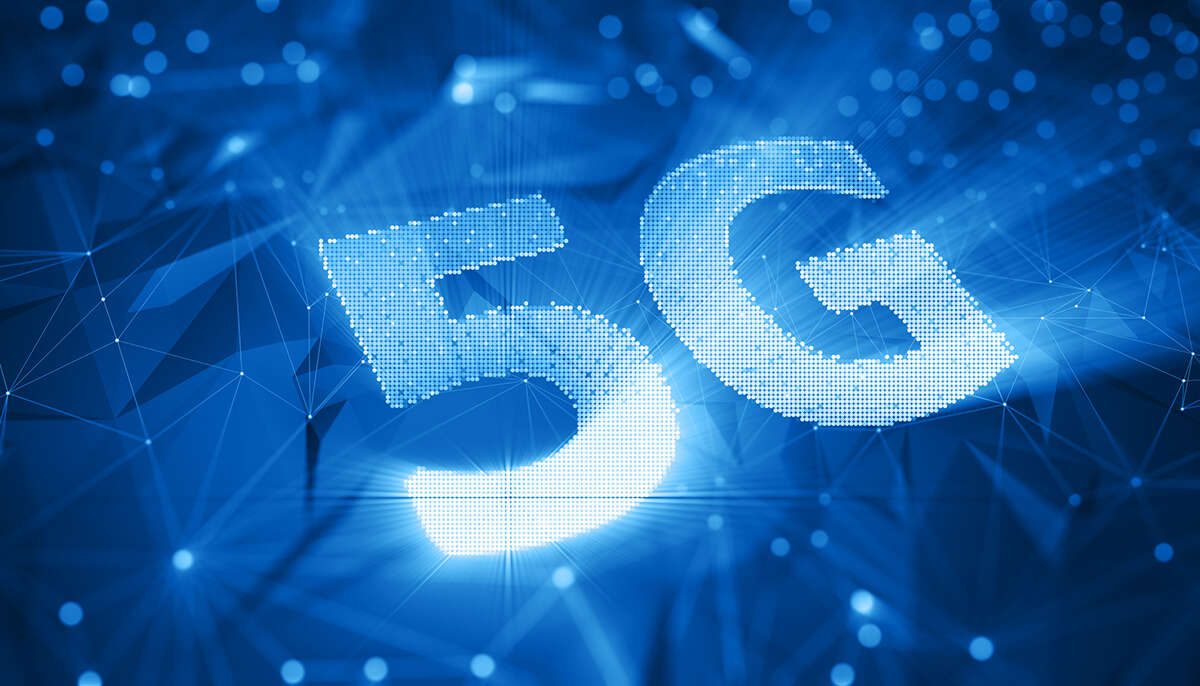
It is projected that by 2025 there will be three billion 5G subscriptions worldwide, while as of 2020 there were just 5.83 billion overall mobile subscriptions, according to Statista.
So with potentially over half of all mobile users utilising 5G technology in the near future, those involved in brand communication need to act now.
Since what feels like the dawn of time, members of the hotchpotch that makes up the UK media have enthused about mobile-first thinking.
It started with the design and UX of websites concentrating on the smallest screen first and has transformed into near religious fervour to move a industry mindset from desktop to mobile.
And it makes sense. More and more transactions, deals and partnerships start with mobile. Younger generations are living off their phones, while even the most stoic B2B company realises the importance of reaching potential customers wherever they are physically located – and that is not necessarily in an office space. Certainly not now.
The latest statistics back up this shift. As of August 2021, 57% of the world who connect to the internet, do it via their mobile, a majority trend begun back in 2016 (Statcounter, Guardian).
The simple facts are: anyone who spends time online is a consumer, be it of editorial content, vlogs, commercial articles, ads, niche subject matters, social media posts, et al. The tenets of marketing rely on reaching the right people at the right time. Ergo, mobile-first makes perfect sense to businesses, brands and publishers.
[Learn more: Sign up to Marketing Matters, our fortnightly newsletter covering news, advertising and marketing ]
5G in a nutshell
All digital marketing assets and technologies benefit from faster browsing and download speeds and less latency.
By shortening the frequency, thereby increasing the bandwidth, 5G is between 1.4 and 14.3 times faster than 4G in most real-world tests, and will only get quicker (theoretically up to hundred times).
Crucially, the expected latency (measuring the time it takes for your phone to send a message and get a response, a.k.a. responsiveness) is reduced from 200 milliseconds (4G) to 1 millisecond (5G).
This means that when you are online you are as close to real time as reasonably possible, opening up the ability to connect a whole user base, wherever they are at the time, to share exactly the same experience.
No longer is your mobile siloed, scrolling through social media or consuming videos and content as an individual; now live connections are assured, brands and companies can start dreaming big.
Or as journalist Jennifer Alsever summarises: “If you think we live in a society of instant gratification, just wait until 5G reaches major cities worldwide.”
How 5G will change lead generation and revenue
More than 90% of marketing professionals worldwide expect 5G to have an impact on their industry over the next decade, according to a February 2020 Salesforce survey.
It will hit hardest in e-commerce. For companies selling products and services, the ability to eliminate the bugbears of online shopping, such as poor-performing websites or apps, is priceless. When consumers trust the tech to work seamlessly, they are more likely to purchase.
In addition, augmented reality (AR) and virtual reality (VR) capabilities to enhance the shopping experience without leaving your home can only be improved by 5G technology.
Rather than simply overlaying a pair of glasses via your mobile camera, phones will double as projectors, beaming interactive, high-quality imagery on any surface, or 3D models such as sales assistant holograms into your living room.
As lagging is minimised, said virtual presenters can answer questions in real time, filmed in one place and broadcast to various properties across the globe.
The ability to transmit vast data will also revolutionise the way we market to people. 5G ultimately connects more people and devices, which means higher-quality, hyperlocal data for marketing and sales.
This gives marketers more opportunities for better personalisation, as well as the ability to understand customers’ needs as and when they occur.
And given we carry mobile phones in our pockets, what is stopping a brand from pinging you when you approach their shop or venue, when you previously showed interest?
5G sales and marketing-related image by Vertigo3d/iStock/Getty Images Plus
Email pged@pressgazette.co.uk to point out mistakes, provide story tips or send in a letter for publication on our "Letters Page" blog
